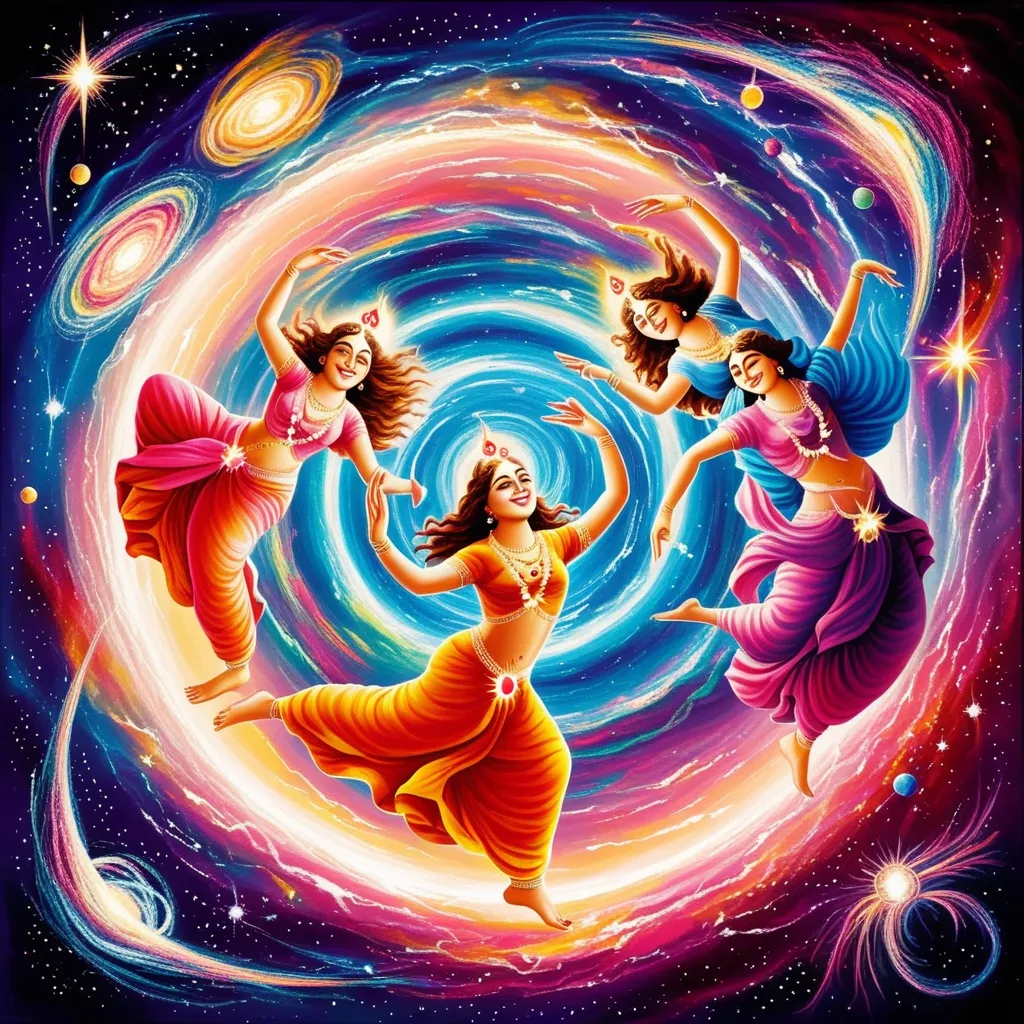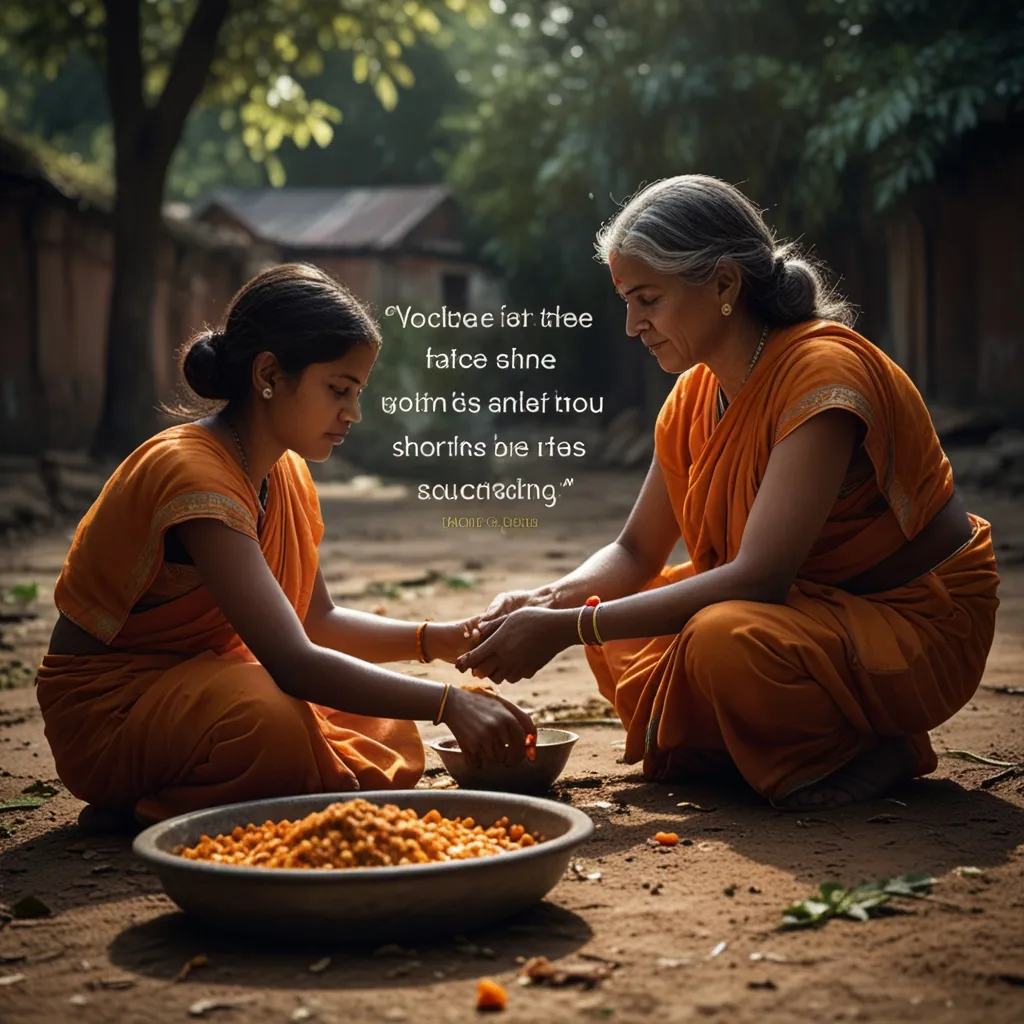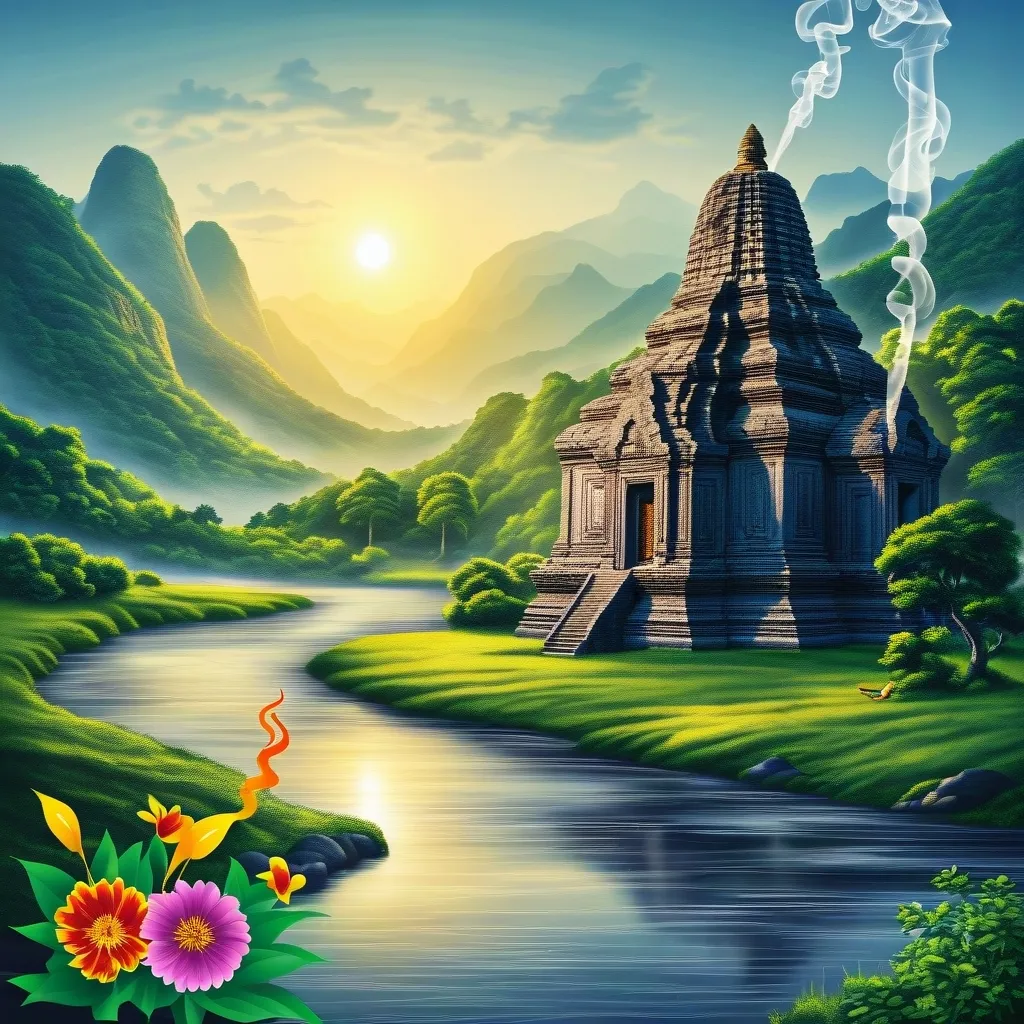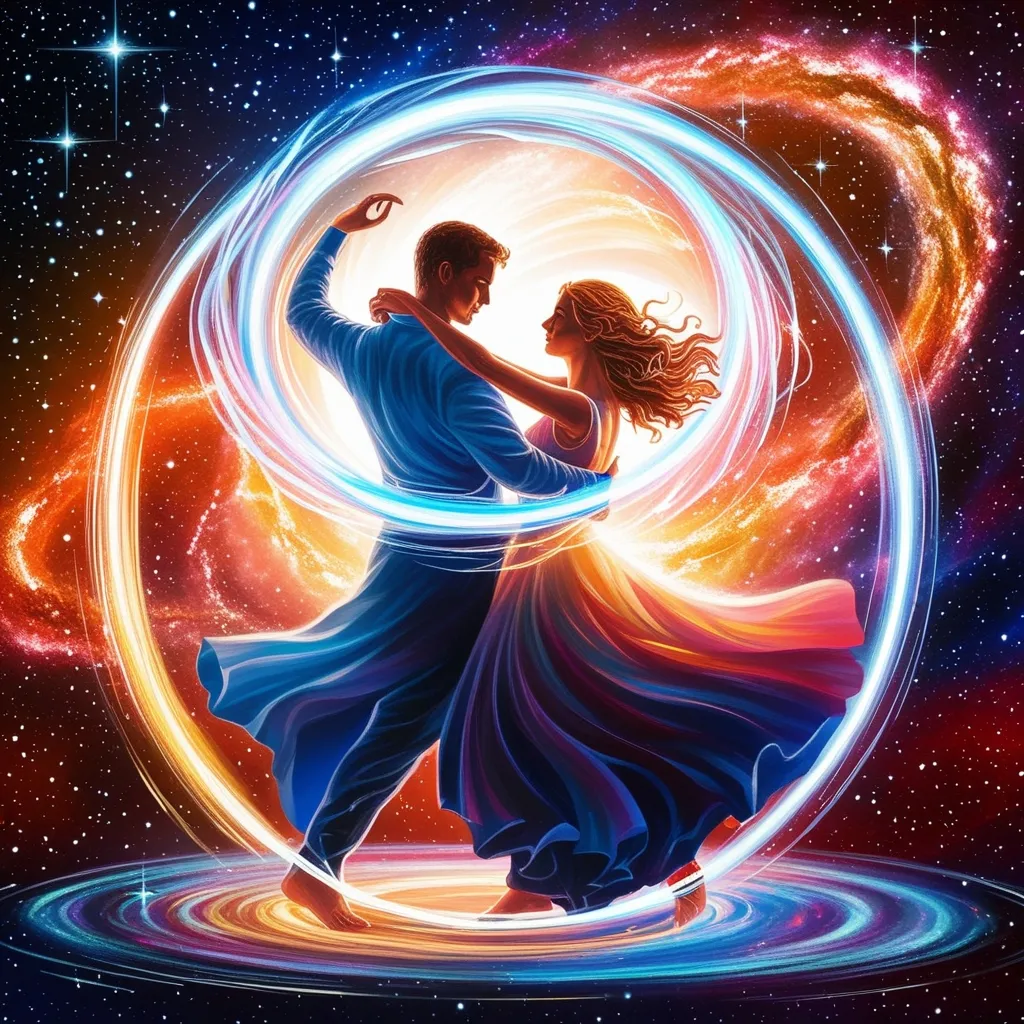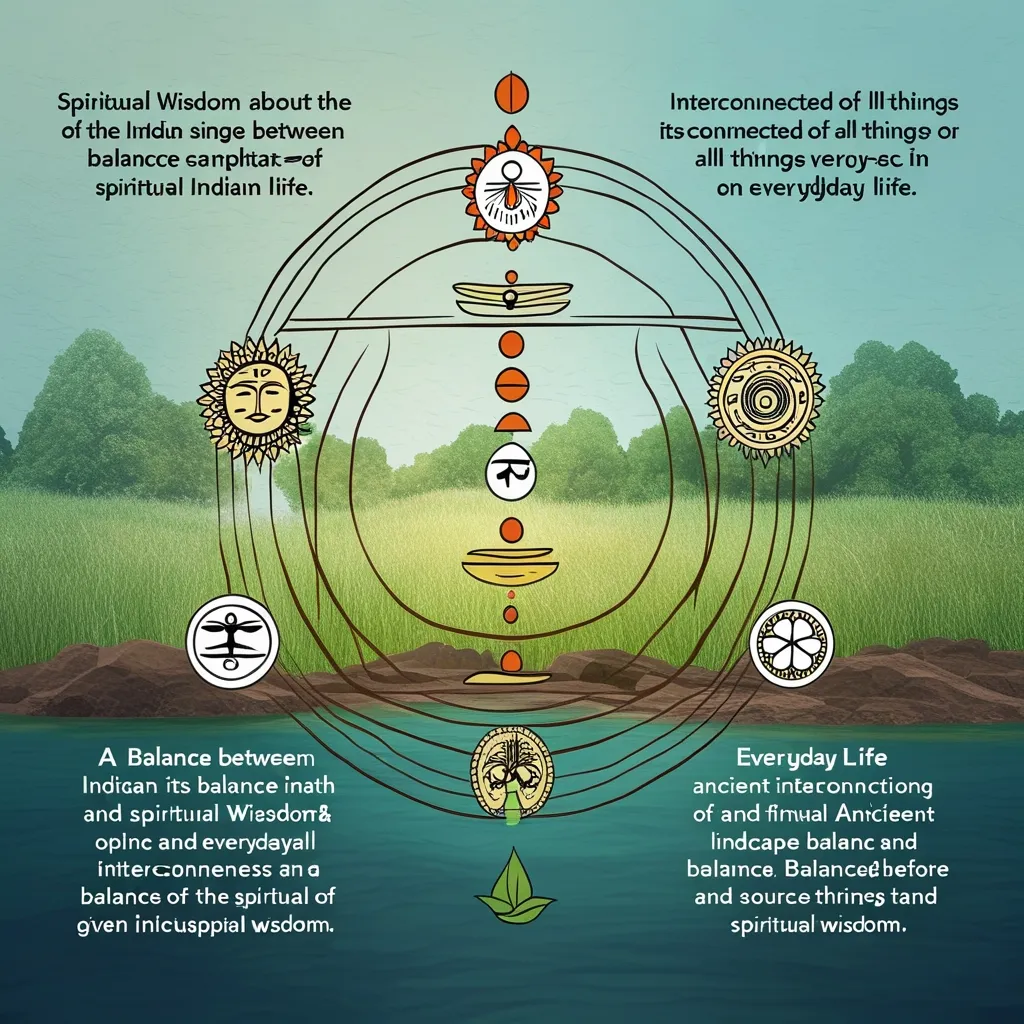In the colorful and intricate world of Hindu philosophy, the concept of Lila takes center stage as a meaningful and lively idea. This isn’t just about playful antics but rather a sophisticated notion that sees life as a creative and joyous expression of divinity. To truly grasp Lila, one must explore its various layers and how it influences our view of the universe and our role within it.
At its heart, Lila translates from Sanskrit as “play” or “sport.” It might sound simple, but this is a deep spiritual concept. Lila isn’t about trivial pastimes; it represents the spontaneous and joyful creativity of the divine. It’s how the divine showcases itself through the creation and unfolding of the cosmos.
Picture life as a magnificent cosmic dance. Every event, decision, and action we take part in is part of a bigger, harmonious movement. This is Lila in action — a divine play where the universe is a grand stage, and we are all actors in this epic drama. This isn’t a play driven by need or defined goals, but rather by the sheer joy of creation and expression. Life, then, isn’t a somber ordeal but rather a lively, ever-changing performance where infinite possibilities are danced into being by the divine.
Within this framework, Brahman holds a crucial role. In Hindu thought, Brahman is considered the ultimate reality, an unchanging, all-encompassing essence that the universe breathes and exists within. Lila is often seen as the divine play of Brahman, where the world is created from its bliss and for its joy. This creation isn’t a calculated act but an effortless outpouring of Brahman’s true nature. Thus, the world is not separate from divinity; rather, it is an essential part of this divine play.
Accompanying the idea of Lila is Maya, frequently translated to mean illusion. However, Maya does not imply that the world is a nonexistent phantasm. Instead, it suggests that our perception of reality is tinted with our limited understanding and inherent biases. By gazing through the lens of Lila, all aspects of the world transform into expressions of the divine. Through this view, we begin to grasp the world not as a collection of disparate pieces but as a unified, interconnected whole.
Lila is not just something to watch from the sidelines; it’s an active participation. Humans play a part in this divine act, with each choice and action adding depth to the unfolding story. We have the freedom to engage with this play, aligning ourselves with divine will, or being led by our own egotistical desires. The path of alignment brings a profound understanding and connection with the divine, while the latter can result in suffering and detachment.
From the perspective of Lila, evolution becomes not only a biological saga but also a spiritual journey. The universe, humans included, is constantly evolving to achieve a higher state of consciousness. This too is part of the divine play, where divinity slowly unveils its presence in increasingly intricate forms. Our task is to recognize and actively take part in this spiritual evolution, striving toward self-awareness and a fuller unity with the divine.
The idea of Lila is more than a mind-concept; it’s a catalyst for change. By embracing life as a divine play, we can confront challenges with joy and curiosity instead of serious gloom. It teaches us to embrace the moment with an open heart, finding beauty and meaning in each experience. This approach can lead to a more fulfilling life, allowing us to handle life’s highs and lows with elegance and calm.
A practical way to interpret and participate in Lila is through the concept of Leela, the game of life. This ancient game mirrors real life, offering a path to navigate various states of being and awareness. The game encourages players to understand karmic forces and attain higher cosmic consciousness, acting as a path to self-discovery and guiding us to understand the inner workings and intentions of our higher selves.
In everyday life, we often forget to appreciate the playful essence of existence, burdened by seriousness. Lila gently nudges us to view life with joy and spontaneity. Every moment transforms into an opportunity for growth and expression, as opposed to a burden or chore. By embracing this carefree spirit, happiness and meaning can be woven into our lives, even amid challenges.
Lila is also a powerful incentive for spiritual liberation. Understanding life as divine play encourages us not to get bogged down by the fickle and unpredictable events of life. Instead, they can be seen as parts of a larger cosmic arrangement. This view offers the hope of rising above sorrow and achieving freedom from life’s cyclical suffering. It propels us toward seeking a deeper understanding of the divine and our position within its expanse.
In conclusion, the divine play of Lila provides a transformative lens through which to view life’s events. It shifts our perception of the world from a place of seriousness to a vibrant, energetic stage where divinity expresses itself. Engaging in this divine play brings joy, significance, and liberation. Lila invites us to live with an open heart and a sense of awe at the mysteries of life. As life’s complexities and challenges unfold, recalling our role in this immense cosmic dance may bring us closer to the divine and to understanding our truest selves. This is the soulful dance of existence, inviting us to join its eternal waltz.
